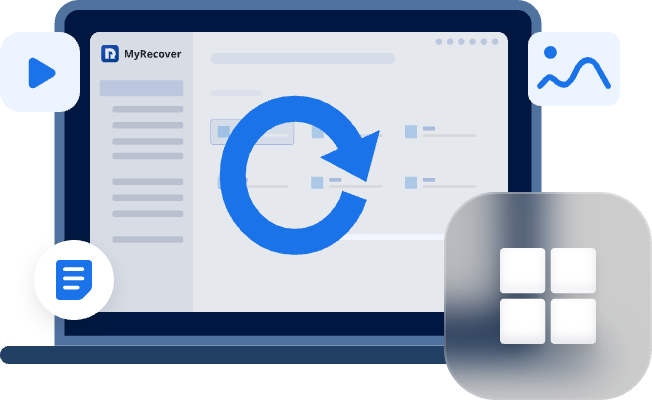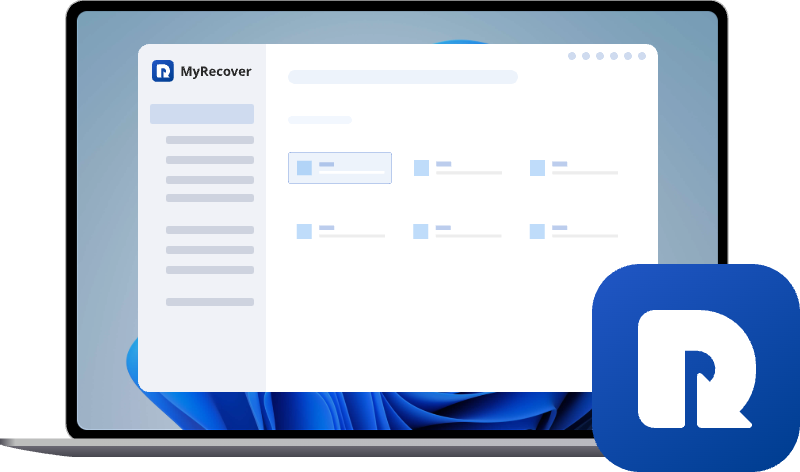How to Recover Files from RAW External Hard Drive
Want to know how to recover files from RAW external hard drive efficiently? Discover reliable recovery methods, including professional software tips, to restore your lost data without damage. Regain access to your important files quickly and safely.
Introduction
Have you ever plugged in your external hard drive, only to see it suddenly turn RAW? You can’t access your photos, documents, or videos — and your heart sinks. Don’t panic! In this guide, you’ll learn how to recover files from RAW external hard drive easily, even if Windows can’t recognize it.
Let’s walk through what a RAW drive means, why it happens, and most importantly, how to get your data back — safely and effectively.
Understanding RAW External Hard Drives
What Does RAW Mean?
When your external hard drive becomes RAW, it simply means the file system (like NTFS, FAT32, or exFAT) is damaged or missing. Windows doesn’t know how to read the drive anymore — so it labels it as "RAW".
It’s not that your data is gone; the system just lost the map that shows where everything is stored.
Common Reasons a Drive Becomes RAW
Several things can turn a working drive into RAW:
- Unplugging the drive while in use.
- Power failure during file transfer.
- Virus or malware attack.
- Corrupted partition table.
- Bad sectors or aging hardware.
Signs Your External Hard Drive Is RAW
You might be dealing with a RAW drive if you see messages like:
- "You need to format the disk before you can use it".
- File system shown as "RAW" in Disk Management.
- 0 bytes used/free space displayed.
- Drive letter missing or inaccessible in File Explorer.
If any of these sound familiar, it’s time to act — but don’t format yet!
Can You Recover Files from a RAW Drive?
Is It Possible Without Formatting?
Yes, absolutely! Formatting the drive wipes your data, so avoid it until you’ve tried recovery. Specialized tools can read RAW sectors and restore files directly.
Common Myths About RAW Data Recovery
- ❌ "RAW means my data is gone forever".
- ✅ Truth: The data still exists; it’s just unreadable.
- ❌ "Formatting will fix everything".
- ✅ Truth: Formatting might fix the drive, but it erases your files.
How to Recover Files from RAW External Hard Drive
For recovering important data from RAW external hard drives, there are 2 top ways.
Method 1: Use Windows File Recovery
Windows has a built-in tool called Windows File Recovery that can help you retrieve files from a RAW drive.
Step 1: Check Drive Connection
Before starting, ensure your external hard drive is properly connected. Try switching the USB port or cable.
Step 2: Run Windows File Recovery Tool
- Download it from Microsoft Store.
- Open Command Prompt (Admin).
- Use this command format:
winfr D: E: /extensive
(Replace D: with your RAW drive letter and E: with the destination drive.)
Step 3: Save Recovered Files Safely
Once complete, your recovered files will appear in a folder on your destination drive. Always store them on a different drive to avoid overwriting.
Method 2: Use Professional Data Recovery Software (MyRecover)
If the built-in tools don’t cut it, professional software like MyRecover makes RAW recovery simple — no tech expertise required.
Why Choose MyRecover?
- Recovers files from RAW, corrupted, or formatted drives.
- Supports over 1000+ file types.
- Simple, clean interface.
- Allows file preview before recovery.
Step 1: Download and Launch MyRecover
Install MyRecover on your PC and open it.
Step 2: Select the RAW External Hard Drive
From the main interface, choose your RAW drive to start scanning.
Step 3: Scan and Preview Lost Files
The tool will automatically perform a quick scan. You can preview photos, videos, or documents before recovering.
Step 4: Recover and Save Files
Select the files you need and click Recover. Choose a safe location (not the RAW drive itself) to store them.
How to Repair a Raw External Hard Drive
If your external hard drive is merely experiencing a file system error, you can try the following methods.
Method 1: Run CHKDSK Command (For Drive Repair)
Use this method only if you believe the drive has file system errors but still shows a drive letter.
1. Open Command Prompt as Administrator.
2. Type:
chkdsk d: /f
(Replace d: with your RAW drive letter.)
3. Wait for the scan to finish.
If Windows says "CHKDSK is not available for RAW drives", skip this and move to the next method.
Method 2: Assign a Drive Letter or Rebuild the Partition Table
Sometimes, your drive is fine but missing a letter or partition entry.
Part 1. Using Disk Management to Assign a Letter
1. Press Windows + X > Disk Management.
2. Right-click your RAW drive > Change Drive Letter and Paths.
3. Add a letter and click OK.
Part 2. Fixing the Partition Table with DiskPart
1. Open Command Prompt.
2. Type:
diskpart
list disk
select disk X
list volume
select volume X
assign letter=X
3. Exit DiskPart.
Your drive should now appear in File Explorer.
Method 3: Format the RAW Drive (Last Resort)
If all recovery options fail but you’ve already saved your data, formatting will make the drive usable again. Make sure you’ve copied all recoverable files elsewhere before proceeding.
1. Open File Explorer.
2. Right-click your RAW drive > Format.
3. Choose NTFS or exFAT and click Start.
Your drive should now work normally again.
Tips to Prevent RAW Drive Issues in the Future
Regular Backups Are Your Best Friend
Always keep backups of important files — use cloud storage or another external drive.
Eject Safely Every Time
Never pull out your hard drive while it’s transferring data. Use "Safely Remove Hardware" to avoid corruption.
Other tips include:
- Use antivirus protection.
- Avoid sudden power loss.
- Run disk checks periodically.
Conclusion
Dealing with a RAW external hard drive can be stressful, but recovery isn’t impossible. Whether you use Windows File Recovery, MyRecover, or manual fixes like CHKDSK, you can recover files from RAW external hard drive effectively — without formatting.
Once you’ve rescued your data, remember to back up regularly and handle drives with care to prevent future disasters.


